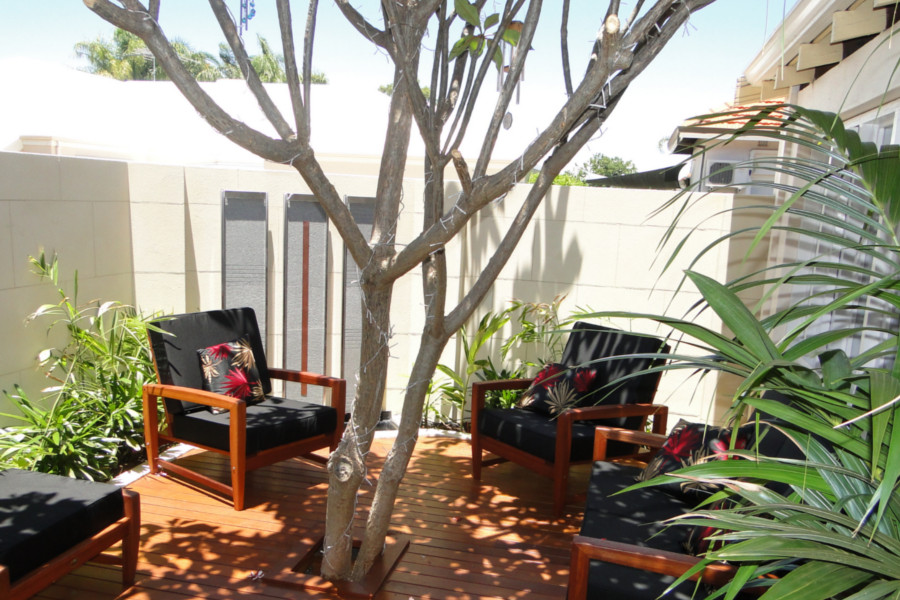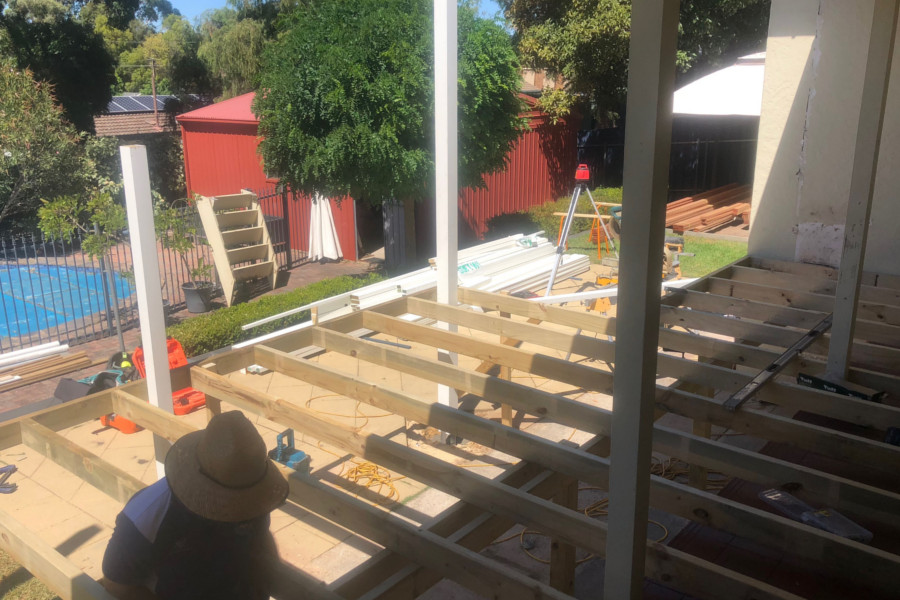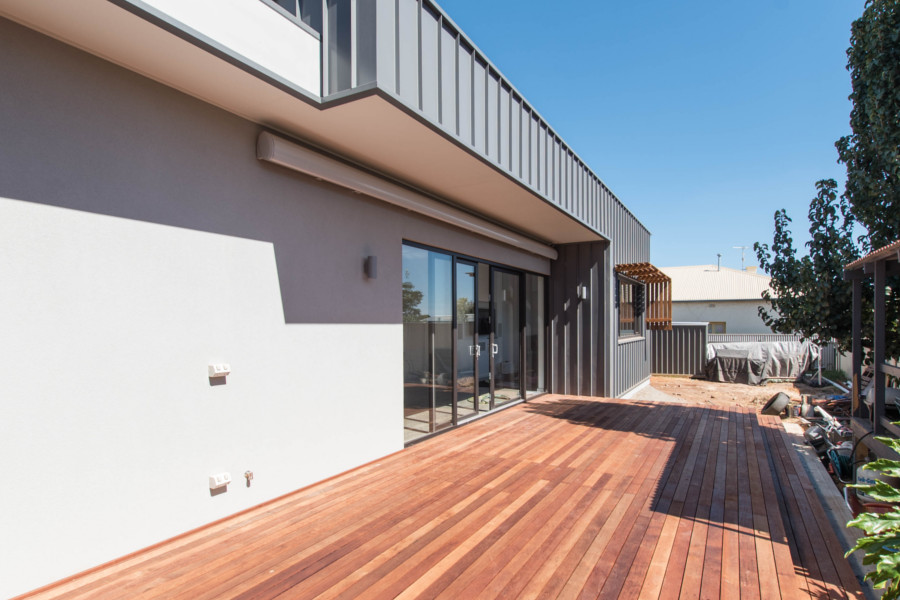
The architectural style of your timber deck or pergola affects how you and other people feel and think about it. There are many factors that contribute to this, among them is how you line up your timber.
Why do you sometimes feel calm and at peace the moment you set foot on your deck? Or perhaps you feel energised after a long hard day at work? As it turns out, the way your timber boards are laid out in your outdoor living extension has a big influence on the way you feel when you set foot within the structure. The lines formed by the timber boards have a psychological effect on you and your guests.
Peace, Tranquility and Horizontal Lines
Horizontal lines are associated with peace and tranquility. The stable orientation of horizontally-oriented lines, such as laid out decking boards or the overhead rafters of a pergola, suggests a harmonious relationship with the land.

This sense of harmony is what you draw in when you spend time on your deck. It calms you down and relaxes you. Pergola elements, privacy screens, railings, balusters and the decking boards themselves are among the components where you can use horizontal lines to build yourself a deck or pergola that emanates serenity.
Strength, Security and Vertical Lines
Vertical lines, on the other hand, are associated with strength and security. The orientation encourages you to look upward, gives you the sense of being smaller and inspires awe. Vertical lines make the area appear taller and more formal.

Pergola elements, posts, privacy screens and balusters are among the components where you can build vertical lines in your outdoor extension.
Energy, Action and Diagonal Lines
Diagonal lines generate energy and inspire action. The combination of sideward and upward movement gives a sense of being active, of having a starting point and a goal. Stairs and balusters are the common sources of diagonals, although screens and even the gable roof of a pergola can be useful to convey this energetic sense of activity as well.

Zigzag, or herringbone, patterns are likewise a psychological source of energy and excitement within the outdoor living space.
The Gentleness and Mystery of Curves
Curved and flowing lines can be harmonious and at the same time mysterious and exciting, depending on how the line is executed. When they are symmetric, as with the curved roof of a pergola then they can impart a sense of balance. Asymmetric lines, on the other hand, such as in a flowing railing, can be mysterious because it may not be clear where the line ends. Regardless, the effect can give your deck or pergola an interesting look and energy.

Keep in mind that your deck or pergola cannot be made of a single architectural style — that would be impossible! You will need to combine horizontals, verticals, diagonals and even curves as necessary to complete your outdoor structure. The energy that dominates depends on the dominant design element and the element that catches your attention at the moment when you spend time on your deck or pergola.



